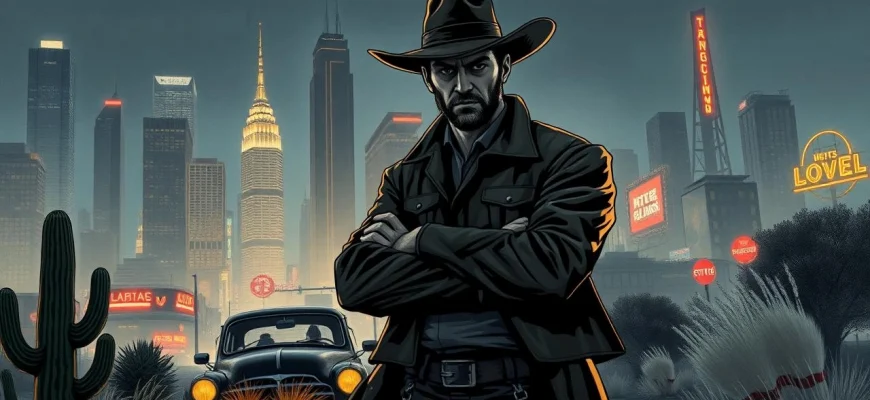If you're a fan of the classic 1968 film 'Coogan's Bluff,' starring Clint Eastwood as a tough Arizona deputy sheriff navigating the gritty streets of New York City, you're in for a treat. This article explores 10 movies and TV shows that capture the same blend of action, suspense, and fish-out-of-water storytelling. Whether you love Eastwood's iconic performance or the film's unique mix of Western and urban crime drama, these recommendations will keep you entertained.
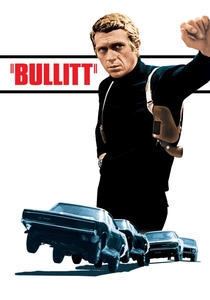
Bullitt (1968)
Description: Shares with 'Coogan's Bluff' the cool, professional detective protagonist and realistic police procedural elements. Both films showcase their lead actors' (Steve McQueen and Clint Eastwood) signature minimalist acting styles. The famous car chase sequence influenced countless subsequent action films.
Fact: The legendary 10-minute car chase took three weeks to film. Steve McQueen did much of his own driving during the chase scenes. The film's realistic portrayal of police work set a new standard for crime dramas.
 Watch Now
Watch Now 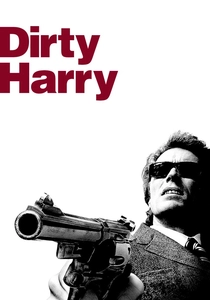
Dirty Harry (1971)
Description: Similar to 'Coogan's Bluff' in its portrayal of a tough, no-nonsense law enforcement officer who operates outside conventional rules. Both films feature Clint Eastwood in iconic roles that define the 'maverick cop' archetype. The gritty urban setting and themes of justice vs. bureaucracy are also shared.
Fact: The famous 'Do I feel lucky?' line was improvised by Clint Eastwood. The .44 Magnum used in the film became so iconic it's now referred to as 'the Dirty Harry gun'. The film was controversial for its perceived fascist overtones, sparking debates about police brutality.
 Watch Now
Watch Now 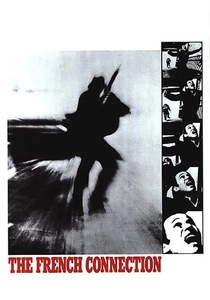
The French Connection (1971)
Description: Like 'Coogan's Bluff', this features a determined cop pursuing criminals through New York City's streets. Both films capture the gritty realism of 1970s urban crime films and showcase morally ambiguous protagonists. The documentary-style cinematography creates similar immersive experiences.
Fact: The car chase under the elevated train was mostly unplanned and filmed without permits. Gene Hackman's Popeye Doyle was based on real NYPD detective Eddie Egan. Won 5 Oscars including Best Picture and Best Actor for Hackman.
 Watch Now
Watch Now 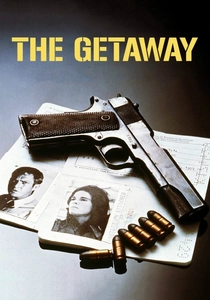
The Getaway (1972)
Description: While a crime film rather than a police procedural, it shares 'Coogan's Bluff's' tense cat-and-mouse chase narrative. Both films feature protagonists operating outside normal boundaries, with Steve McQueen's outlaw mirroring Eastwood's unconventional cop in their shared cool, collected demeanor.
Fact: The film marked the beginning of Steve McQueen and Ali MacGraw's famous off-screen romance. Director Sam Peckinpah's original cut was over 3 hours long. The trash compactor scene was so intense it reportedly caused heart attacks in some viewers.
 Watch Now
Watch Now 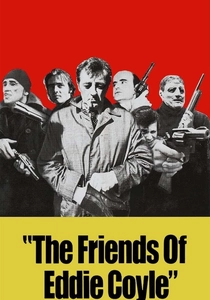
The Friends of Eddie Coyle (1973)
Description: Shares with 'Coogan's Bluff' a realistic, unglamorous portrayal of crime and law enforcement. Both films feature protagonists operating in morally gray areas, with Robert Mitchum's weary criminal mirroring Eastwood's jaded lawman in their world-weariness.
Fact: Based on George V. Higgins' novel drawn from his experience as a prosecutor. Mitchum considered this his best performance. The film's naturalistic dialogue was revolutionary for crime films.
 Watch Now
Watch Now 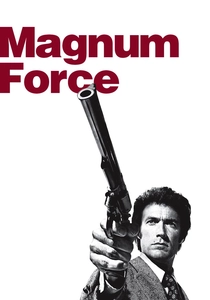
Magnum Force (1973)
Description: This second Dirty Harry film expands on themes from 'Coogan's Bluff', exploring vigilante justice and police corruption. Like its predecessor, it features Eastwood's iconic tough cop navigating moral complexities in a gritty urban environment.
Fact: Features early roles for David Soul and Robert Urich. The script went through 14 rewrites before filming began. The film's tagline ('Harry's back... and he's mad as hell!') became iconic.
 Watch Now
Watch Now 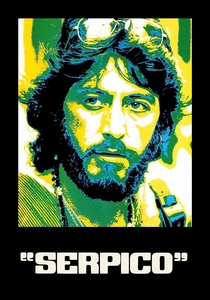
Serpico (1973)
Description: Shares with 'Coogan's Bluff' the theme of an individual officer fighting against systemic corruption. Both films explore the tension between personal ethics and institutional power. Al Pacino's performance as the idealistic cop parallels Eastwood's outsider lawman.
Fact: Based on the true story of NYPD officer Frank Serpico. Pacino spent months with the real Serpico preparing for the role. The film's success helped spur real police reform in New York.
 Watch Now
Watch Now 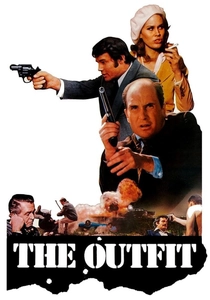
The Outfit (1973)
Description: Shares the hard-boiled crime elements and laconic protagonist style of 'Coogan's Bluff'. Both films feature protagonists navigating criminal underworlds with quiet determination. The stripped-down, no-nonsense storytelling is characteristic of 1970s crime cinema.
Fact: Based on a novel by Richard Stark (Donald E. Westlake). Robert Duvall's character was originally written for Lee Marvin. The film's realistic violence was groundbreaking for its time.
 Watch Now
Watch Now 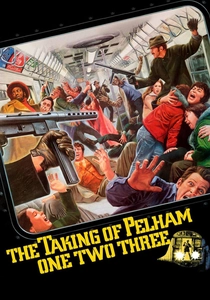
The Taking of Pelham One Two Three (1974)
Description: Like 'Coogan's Bluff', this features a New York law enforcement officer (Walter Matthau) dealing with an unconventional crisis. Both films capture the gritty realism of 1970s New York and feature protagonists who rely on street smarts rather than procedure.
Fact: The terrorists' color-coded names (Mr. Blue, etc.) inspired Reservoir Dogs. The subway cars used were authentic NYC trains about to be scrapped. Matthau's rumpled detective was a deliberate contrast to typical action heroes.
 Watch Now
Watch Now 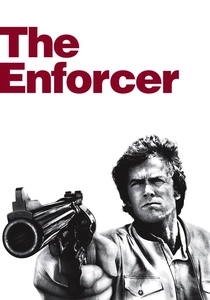
The Enforcer (1976)
Description: As the third Dirty Harry film, it continues the themes established in 'Coogan's Bluff' of a maverick cop battling both criminals and bureaucracy. Eastwood's signature tough-guy persona and the San Francisco setting create continuity with his earlier police roles.
Fact: The original director was fired after three days and replaced by James Fargo. The female mayor character was based on SF's real first female mayor, Dianne Feinstein. Features one of cinema's first major female police partners in a buddy cop film.
 Watch Now
Watch Now 
